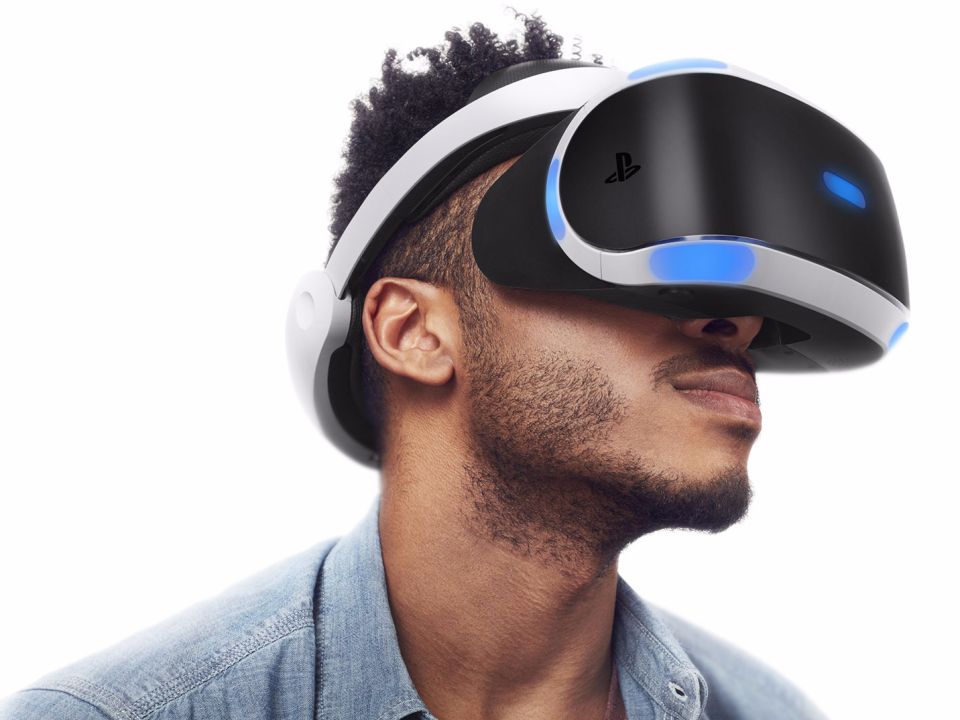This is what the head of PlayStation VR thinks will make or break virtual reality
The man at the helm of PlayStation's virtual reality efforts believes no one game will convince you to buy Sony's virtual reality headset.

Sony
Instead, he believes that the thing most likely to convince you that you can't live without PlayStation VR is "presence."
What's that?
"Presence" is the feeling of being transported somewhere else and actually being there — present, if you will.
"Presence is the killer app," he says.
Put another way: PlayStation VR doesn't have a "killer app." That's the term applied to a particular piece of software so awesome that it can sell the hardware necessary to run it. And Richard Marks, the head of PlayStation's R&D department (dubbed "Magic Lab"), thinks PlayStation VR doesn't need one.
On Nintendo 64 it was "Super Mario 64." On PlayStation 2 it was "Grand Theft Auto III."
But Marks thinks virtual reality is a totally different beast — that any game capable of giving someone that unique feeling of presence only that only virtual reality can provide will convince them of its merit.

Sony
Marks broke down the components of creating that sense of presence into five categories:
Static image quality: The fidelity of the images on the screen. Whether or not there is a prominent "screen door effect," a term which describes whether or not you can see individual pixels.
Head tracking: The ability of the screen to dynamically change what you're seeing as you move your head in different directions. A headset's failure to do this at a high level of fidelity can cause disorientation and nausea.
Hand/body awareness: The ability of the headset to make it feel like your body occupies virtual space. For example, when you look down, you see your character's hands, and when people step closer to you, they accurately change in size.
Environmental response: The world around you stays constant even as you move through it. If you leave an object on a table, turn away, and then turn back, it will still be there.
Social: Other people experience the game and the virtual space, too. Through discussing it, it becomes more real to the both of you.
One thing's for sure: unless people can actually try out PlayStation VR for themselves, they're going to have a hard time justifying the cost — PlayStation VR is going for $400-$500, depending on which bundle you pick.
We'll see how Marks' philosophy pans out when PlayStation VR launches this October at the kingly sum of $400.
NOW WATCH: The PlayStation 4 has the best VR headset — here’s why

 Yahoo News
Yahoo News 

